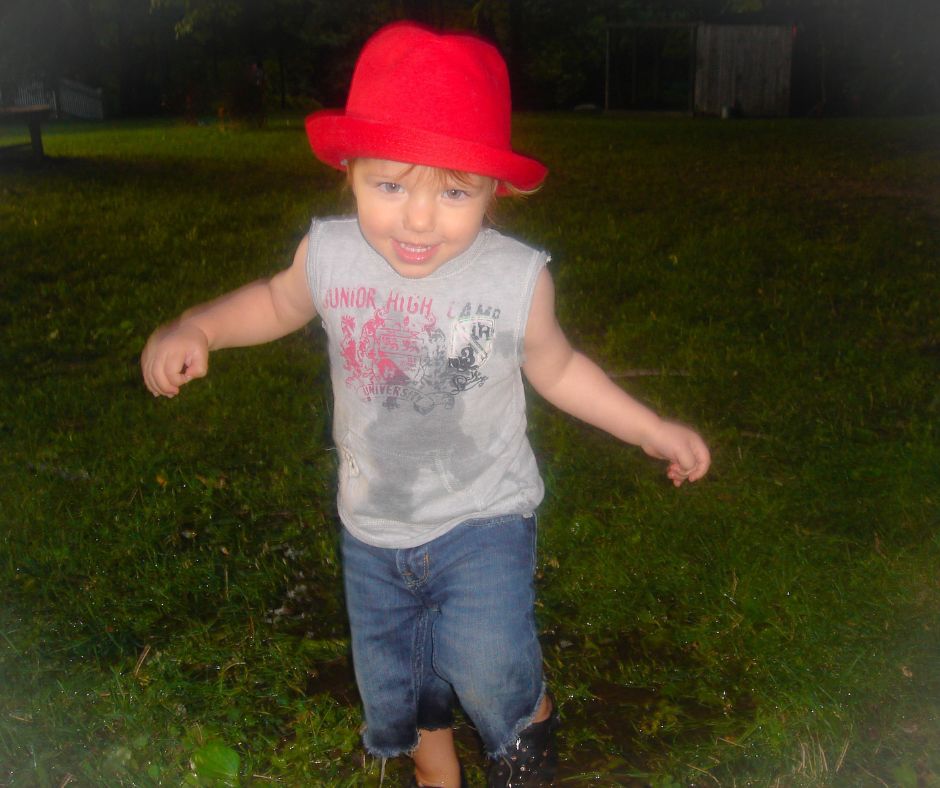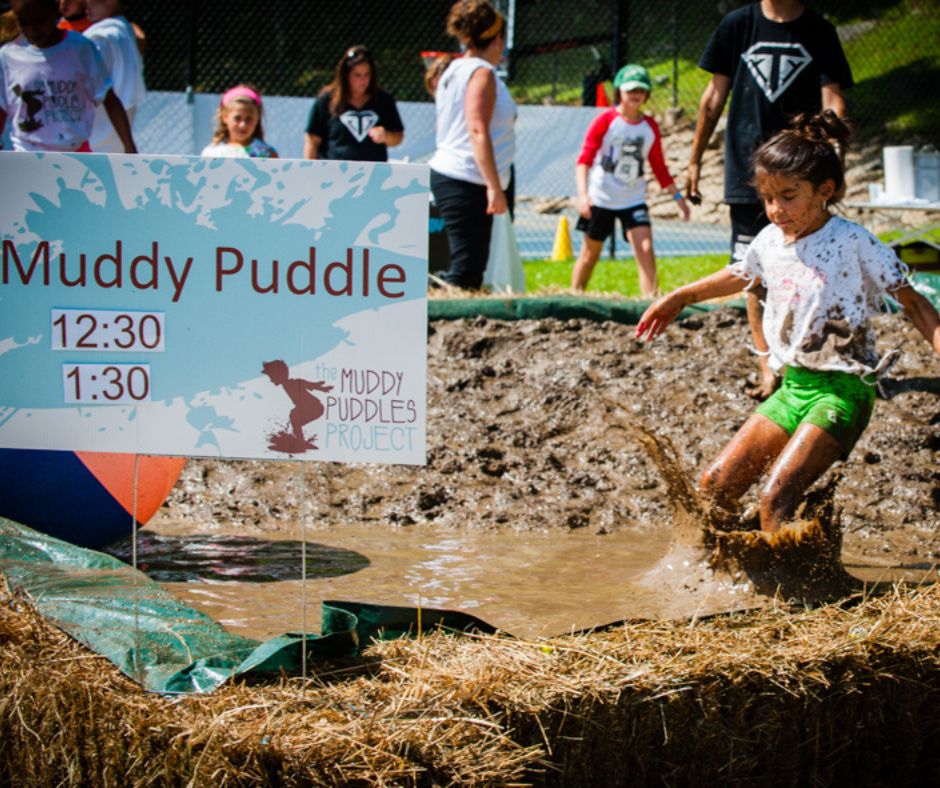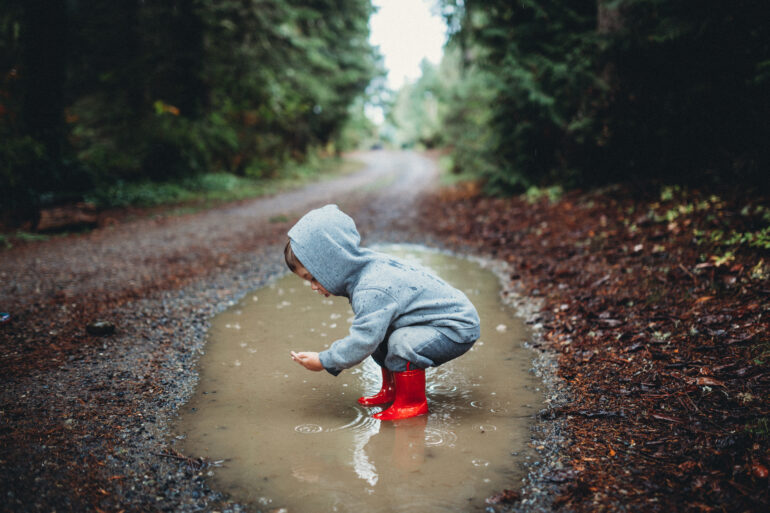I meet far too many children with cancer. As Program Director at the Children’s Brain Tumor Project at Weill Cornell Medicine, and co-founder of the Ty Louis Campbell (TLC) Foundation, in memory of my son, Ty, I have built my life’s work around helping them.
Ty died just after his fifth birthday, which was two years and three months after his cancer diagnosis. Two years and three months of an eye-opening, gut-wrenching reality, I am determined to change for others.

Ty was my first baby. Like any new mom, I worried over small things. I once panicked because he bit into an unwashed apple at the supermarket. I had no idea how blissful it was to lose sleep over a dirty apple, instead of the beeping of his IV pole at the hospital.
Always an active toddler, Ty suddenly started having headaches, sleepless nights, and finally, an MRI. We were ushered into a small room where we saw the undeniable image of a brain tumor on the screen, and the walls seemed to melt around me. Life would never be the same.
We went from BPA-free sippy cups to signing consents for chemotherapy so toxic that I had to wear gloves to handle it.
Ineffective Treatments for Pediatric Cancers
My story is not unique; my situation wasn’t rare. Every two minutes, a child is diagnosed with cancer worldwide — that’s 400,000 kids each year. Cancer is the number one cause of death by disease in children, and most survivors face lifelong side effects from treatments designed for adults, not developing bodies.
These drugs are decades old, overly toxic, and often ineffective for pediatric cancers. Scientific progress is painfully slow — in fact, it takes five to seven years longer from lab discovery to clinical trial in pediatrics. Kids don’t have that time. Meanwhile, less than 4 percent of government cancer research funding supports all childhood cancers combined.
Imagine five children diagnosed with cancer. One will not survive five years. One will survive beyond five years, but not long-term. Of the three longer-term survivors, the large majority will suffer serious side effects for life. That means that fewer than one in five will survive and thrive. One out of five is simply not good enough.
Helping Children Survive and Thrive
Government research funding is complicated and scarce, so families like mine are left to fill the funding gap — running marathons, hosting fundraising events, and doing whatever it takes. Parents become fierce advocates because everything is at stake, and I have learned that there is nothing more powerful than moms and dads on a mission.
For us, one of those efforts is called the Muddy Puddles “Mess Fest” — a fundraising event created to honor Ty’s dying wish. He once told me that he wanted to jump into a muddy puddle when he was cured. Cancer robbed him of that moment, so we created a fundraiser that would give thousands of children that joy in his honor. It’s a day dedicated to the pure celebration of childhood — water slides, obstacle courses, foam parties, and, of course, giant muddy puddles — while raising hundreds of thousands of dollars for pediatric cancer research.

I’ll never forget our last drive home. After learning that his treatment failed despite all the pain and suffering he endured, I held Ty sleeping in my lap for the two-hour drive home from the hospital. I just stared at his beautiful face, brushed the hair out of his eyes, and tried to imagine how to tell him that we were never going back to the hospital again with feigned enthusiasm. How can I deliver such “great news” without giving away the real meaning behind those words?
Babies, children, and teens deserve treatments made for growing minds and bodies — less toxic, more effective, using innovative approaches like immunotherapy, precision medicine, and targeted therapy.
A friend once told me, “Don’t be afraid to ask, Cindy. Everyone can give half a sandwich.” I hope, after hearing my story, you’re inspired to give your half a sandwich to help children with cancer.
How to Help
If you can, please support research funding and organizations like the Ty Louis Campbell Foundation.
If you can’t donate, consider fundraising — run a 5K, host an event, sell lemonade. Or you can volunteer your time or skills, from accounting to art. Last, don’t forget to use your voice — call your representatives, post on social media, share these facts with your children so they may want to get behind the cause, too.

This post was submitted as part of our “You Said It” program.” Your voice, ideas, and engagement are important to help us accomplish our mission. We encourage you to share your ideas and efforts to make the world a better place by submitting a “You Said It.”

